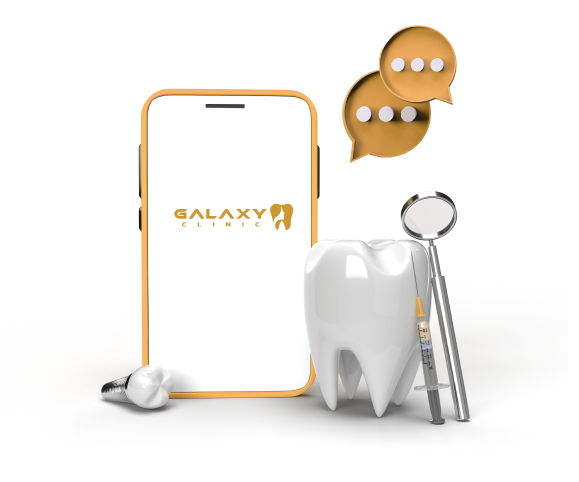What is meant by tooth whitening? Tooth whitening is the procedure used to brighten the color of teeth. Whitening is frequently desired when teeth yellow over time for a variety of causes -which will be mentioned later-, and it can be accomplished by altering the intrinsic or extrinsic color of the tooth enamel. Dentists can determine the cause of tooth discoloration and advise on whether tooth whitening is an appropriate therapy.
What causes tooth staining and discoloration?
A number of reasons can cause stains, some are life-style related and some are dental health related, here are some:
Life-style related causes include;
- Food and drinks;
Coffee, tea, colas, and some starchy meals like pasta or potatoes can all cause discoloration.
- smoking and tobacco use; as it is considered one of the most causes of teeth yellowing, staining and bad oral hygiene.
Dental-health related causes include;
- Poor dental hygiene
Forgetting to clean and floss teeth can lead to the accumulation of plaque and food stains.
- Dental materials
Some dental fillings, particularly those containing silver sulfide, might give your teeth a gray-black tint.
- Genetics
Thicker and whiter enamel is inherited in some families.
- Diseases
Some medical problems might influence dental enamel, causing changes in the color of teeth. Metabolic illnesses, calcium deficiencies, liver disease, rickets, eating disorders, and celiac disease are examples of these problems.
- Medicines
Certain medicines have long been recognized to darken teeth. Antibiotics like tetracycline and doxycycline medications can affect enamel development in children under the age of eight. Chlorhexidine and cetylpyridinium chloride-containing mouth rinses and washes can also discolor teeth.
What are the available tooth whitening methods?
There are many ways that can be used to whiten teeth; they have different forms and cost and result.
- Teeth whitening toothpaste;
Whitening toothpaste may only remove superficial stains from your teeth. Whitening pastes contain abrasives, polishing agents, and chemical agents that help in stain removal. Because whitening toothpaste does not include bleach, it can only lighten your teeth by around one shade.
2. Whitening strips and gels;
Because they contain substances that help lighten the color deep into the tooth, whitening gels are applied to the surface of your teeth twice a day for two weeks using a brush. After a few days, you should notice a noticeable shift in hue, and the final effects should endure for roughly four months. Whitening strips are covered with a peroxide-based gel and used twice a day for half an hour for two weeks. The benefits appear in the same
length of time as the toothpaste and last for around four months.
1. Tray-based whiteners;
Tray-based whitening systems function by filling a mouth guard-like equipment with a peroxide-bleaching gel solution and then wearing the tray for a period of time.
- In-clinic whitening;
The fastest approach to brighten your teeth is with in-clinic whitening. Professional therapy is more expensive than the other choices, but more beneficial. Professional treatment is putting the whitening substance directly to your teeth, followed by exposure to a heat source, a specific light, or a laser. Professional teeth whitening by your dentist may lighten your teeth by three to eight shades, and takes only 30-60 minutes, and lasts for a long time.
How to choose the best tooth whitening method?
Many factors play a role in deciding which method to choose in tooth whitening, such as health status generally and dental health specifically, cost, ability to adhere to therapy and others. Your dentist will offer you the best treatment method that best suits you.
Visit Galaxy Clinic


